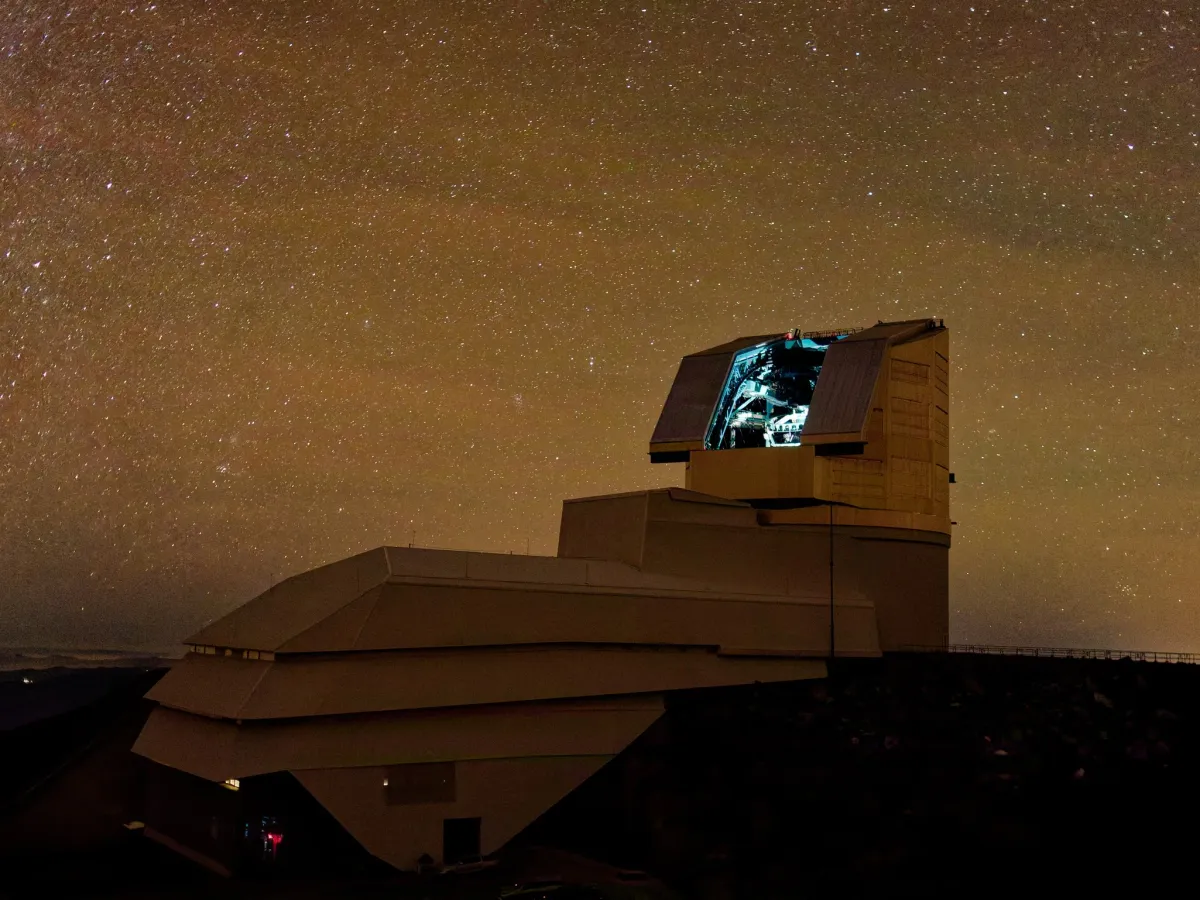Watching the Skies: How the Vera Rubin Observatory and NEO Surveyor Will Shield Humanity from Asteroid Threats
The Vera Rubin Observatory and NASA’s NEO Surveyor are ushering in a new era of planetary defense—spotting dangerous asteroids before they strike, and even learning how to deflect them.

For most of human history, we’ve watched the skies for signs of weather, the passage of time, and celestial wonder. But now, for the first time, we’re preparing to watch the skies for survival.
Over the next decade, two groundbreaking telescopes—the Vera C. Rubin Observatory and NASA’s upcoming NEO Surveyor—will radically improve our ability to detect near-Earth objects (NEOs), including those with the potential to inflict massive harm on civilization. Together, they mark the dawn of an era in which planetary defense becomes proactive, not reactive.
The Rubin Observatory: Filming the Dynamic Universe
The Vera Rubin Observatory, perched in the Chilean Andes, is unlike any telescope ever built. Starting full operations in 2025, it will conduct the Legacy Survey of Space and Time (LSST)—a 10-year mission to scan the southern sky every few nights.
Its approach is revolutionary: instead of targeting specific objects, Rubin will create a time-lapse movie of the entire southern sky, taking over 1,000 wide-field, high-resolution images every three nights. Each image covers 9.6 square degrees—roughly 40 times the area of the full Moon.
One of Rubin’s key missions? Tracking asteroids.
By imaging the sky in rapid, repeated intervals, the telescope can spot asteroids and comets as they move between exposures. This is especially powerful for identifying near-Earth objects or NEOs—asteroids and comets whose orbits bring them close to Earth.
Rubin is expected to find 90% of NEOs larger than 140 meters in diameter. This size is no accident: a 140-meter asteroid is large enough to destroy a city, trigger a regional catastrophe, and generate tsunamis if it hits an ocean. It's the benchmark established by the U.S. Congress for planetary defense.
But even Rubin has its limits.
The Blind Spots: What Rubin Can’t See
Despite its immense capabilities, Rubin is a ground-based telescope. That means it can’t see through the Sun or observe asteroids that appear near the Sun’s position in the sky—an area where several dangerous objects could lurk.
It also depends on visible light, which limits its ability to detect dark, low-albedo asteroids that don’t reflect much sunlight. Some 140-meter-class objects could remain undetected simply because they're too dim.
In short, Rubin is expected to find most, but not all, of the hazardous NEOs. To close the gap, we need eyes in space.
Enter: NASA’s NEO Surveyor
Scheduled to launch in September 2027 on a SpaceX Falcon 9 rocket, NASA’s NEO Surveyor will be the first space telescope dedicated solely to finding near-Earth asteroids and comets. Unlike Rubin, it will operate in infrared wavelengths, making it ideal for spotting dark, non-reflective objects that still emit heat.
NEO Surveyor will orbit the Sun at the L1 Lagrange point, a gravitationally stable region between Earth and the Sun. From there, it can look in directions that Rubin cannot—including toward the Sun, where some of the most elusive NEOs may approach from.
Once operational in late 2028, NEO Surveyor is expected to dramatically boost our detection rates and could ultimately allow us to catalog nearly 100% of NEOs 140 meters or larger.
Civilization-Scale Protection
To put things in context:
- The Chelyabinsk meteor in 2013 was only ~20 meters wide and still injured 1,500 people.
- The Tunguska event in 1908, likely caused by a ~50-meter asteroid, leveled 2,000 square kilometers of Siberian forest.
- A 140-meter asteroid would release up to 300 megatons of energy—enough to obliterate a city or devastate a coastal region.
The largest known impactor—the Chicxulub asteroid that caused the dinosaur extinction—was about 10 kilometers wide. That’s overkill. But a 140-meter rock is still something we absolutely don’t want to be surprised by.
Thanks to the complementary efforts of Rubin and NEO Surveyor, we are entering an age where such a surprise becomes less likely.
Planetary Defense: From Detection to Deflection
Detecting hazardous asteroids is only the first step. The next frontier is deflection—actively changing an asteroid’s path to prevent impact.
NASA has already begun testing this capability. In 2022, the DART mission (Double Asteroid Redirection Test) successfully impacted the moonlet Dimorphos, altering its orbit around a larger asteroid. It was the first real-world demonstration of kinetic impactor technology—the idea that a spacecraft can nudge an asteroid off course by crashing into it.
More ambitious missions are being planned. ESA’s upcoming Hera mission will follow up on DART to study the impact site in detail. NASA’s planetary defense roadmap also includes research into gravity tractors (spacecraft that slowly pull an asteroid via gravitational influence) and even nuclear options for emergency scenarios.
Together with early detection from Rubin and NEO Surveyor, these technologies form a growing toolkit for planetary protection—the ability not just to observe threats, but to neutralize them before they arrive.
Looking Ahead
With Rubin soon capturing a dynamic portrait of the southern sky and NEO Surveyor preparing to expand our field of view into the infrared and sun-facing regions, we are poised to finally gain near-complete awareness of civilization-threatening asteroids.
And with missions like DART proving we can alter an asteroid’s trajectory, we are entering an age where humanity can not only foresee potential disasters, but prevent them.